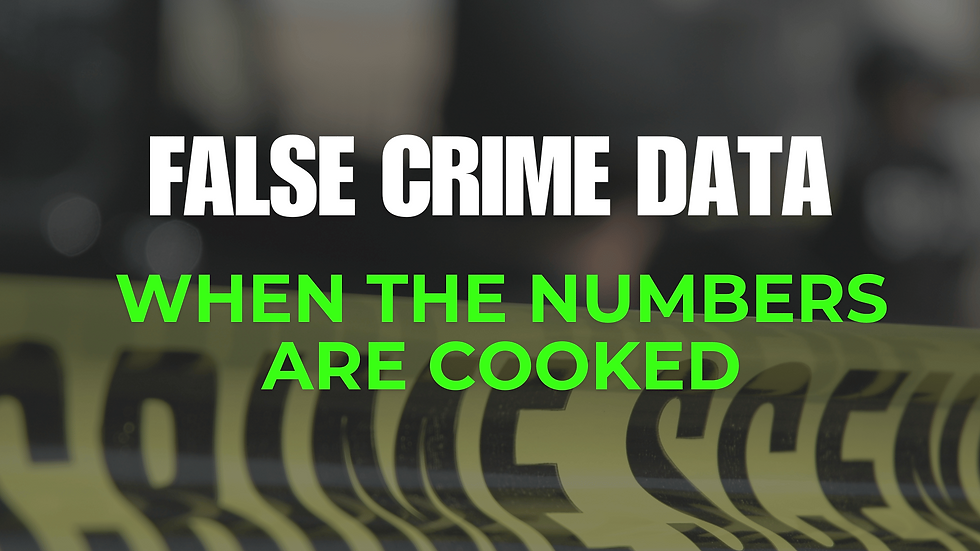Urban Violence and Surviving the Meltdown
- Brad Parker

- May 23, 2025
- 2 min read
Updated: Jun 5, 2025

How to Stay Secure in a Nation Where Chaos Now Has a Zip Code
America’s cities are changing—and not for the better. From explosive crime rates to out-of-control mental health crises, urban environments are becoming hot zones for random violence and unpredictable danger.
If you're a high-profile individual, business leader, or someone who just wants to keep your family safe, urban security is now mission-critical.
The Street-Level Threat Is Real
This isn’t hypothetical. We’ve already watched America’s streets burn during the riots of 2020, 2021, and 2023. We’ve seen stores looted, businesses torched, and police overwhelmed.
The CHAZ autonomous zone in Seattle became a lawless pocket of violence and disorder—allowed to exist in the heart of a major U.S. city.
And now? We’re seeing:
Outbursts of road rage escalating into deadly encounters
Mentally unstable individuals attacking strangers in broad daylight
Homeless encampments becoming hubs for crime and drug activity
Police departments stretched thin, undermanned, and politically handcuffed
Security Isn’t Just a Plan—It’s a Daily Discipline
You can’t rely on a 911 response time when seconds matter. You can’t count on the system to protect you from chaos it can’t even control.
You need a proactive urban security strategy—especially when navigating or living in volatile areas.
How to Stay Secure in High-Risk Urban Environments
Here’s how to take control of your safety:
Situational Awareness
Scan every environment—parking lots, intersections, public transit hubs
Keep your head up and your phone down
Watch for erratic behavior, intoxication, or signs of mental instability
Vehicle Security
Keep your doors locked and windows up in traffic
Leave space at stoplights—room to maneuver is room to survive
Avoid high-crime neighborhoods and detour around known protest zones
Install dash cams to record incidents and deter aggression
Public Movement & Errands
Shop and refuel during daylight hours
Avoid crowds or demonstrations
Don’t wear flashy jewelry or fashion that signals wealth
Be prepared to leave immediately if your instincts tell you something’s off
The Mental Health Crisis = A Security Crisis
This isn’t about judgment. It’s about survival.
Untreated mental illness is exploding in urban populations. Combine that with addiction, homelessness, and social decay—and the outcome is rising, random violence in once-safe areas.
People are being pushed onto subway tracks.Strangers are being attacked with blunt objects or worse.And it’s not isolated—it’s happening in L.A., New York, Portland, Chicago, San Francisco, and beyond.
The streets have changed. And so must your approach to security.
Urban Security = Proactive, Not Paranoid
You don’t need to live in fear—but you do need to live with discipline.
Here’s your checklist for navigating urban America in 2025:
Stay alert in transitional spaces (parking garages, gas stations, transit stops)
Know your exits in every venue—restaurants, offices, shopping centers
Train your family in simple safety protocols and decision-making under pressure
Equip yourself with tools appropriate to your state’s laws (OC spray, medical kits, licensed carry)
Avoid predictable patterns and vary your routes
This is how professionals move. And it’s how families stay safe.
#Security #UrbanSecurity #TSGDefense #ExecutiveProtection #RoadRage #SituationalAwareness #MentalHealthCrisis #HomelessCrisis #PersonalSafety #SecurityConsulting #ProtectWhatMatters



Comments